When it comes to automotive engineering, few innovations capture the imagination quite like the Vortec engine. Known for its efficiency, power, and cutting-edge technology, the Vortec engine has become synonymous with performance in various vehicles. This article delves into the defining features of the Vortec engine and its diverse applications across the automotive landscape.
What is the Vortec Engine?
The Vortec engine family, developed by General Motors, is a range of internal combustion engines primarily designed for use in trucks and SUVs. Launched in the 1980s, the Vortec nameplate has evolved, showcasing a series of advancements in engine technology that cater to the demands of modern drivers. These engines are recognized for their robust construction and high output, making them popular choices for both commercial and recreational vehicles.
Key Features of the Vortec Engine
- Variable Valve Timing (VVT): One of the standout features of the Vortec engine is its VVT technology, which optimizes engine performance by adjusting the timing of the intake and exhaust valves. This leads to improved fuel efficiency and reduced emissions without sacrificing power.
- Aluminum Construction: Many Vortec engines utilize aluminum in their construction, which significantly reduces weight. This lightweight design contributes to better fuel economy and enhances vehicle handling.
- High-Performance Cylinder Heads: Vortec engines are equipped with advanced cylinder heads that promote better airflow and combustion efficiency. This results in increased horsepower and torque, allowing for superior acceleration and towing capabilities.
- Multi-Port Fuel Injection: The multi-port fuel injection system ensures that fuel is delivered more efficiently to each cylinder. This precision in fuel delivery enhances engine responsiveness and performance, especially under load.
- Durability and Longevity: Built to endure tough conditions, Vortec engines are known for their durability. With robust components and rigorous engineering standards, they can withstand the demands of towing, hauling, and everyday driving.
Applications of the Vortec Engine
The versatility of the Vortec engine family allows it to be employed in a range of applications. Here are some of the most notable:
- Trucks: Vortec engines are widely used in Chevrolet and GMC pickup trucks, providing the power needed for heavy-duty tasks. Models such as the Silverado and Sierra benefit from the engine’s towing capacity and reliability.
- SUVs: In vehicles like the Chevrolet Tahoe and GMC Yukon, Vortec engines deliver exceptional power and efficiency, making them ideal for both urban and off-road adventures.
- Commercial Vehicles: The Vortec engine is a favorite in commercial applications due to its durability and performance under heavy loads, often found in vans and delivery trucks.
- Performance Vehicles: Certain high-performance variants of the Vortec engine are utilized in sports models, showcasing its capability to deliver thrilling performance while maintaining efficiency.
The Future of Vortec Engines
As the automotive industry shifts towards electrification and sustainability, the Vortec engine continues to evolve. Future iterations are likely to incorporate hybrid technologies, further enhancing fuel efficiency and reducing environmental impact while still delivering the power drivers expect.
The Vortec engine stands as a hallmark of innovation and performance in the automotive world. Its blend of advanced technology, robust engineering, and versatile applications makes it a choice that resonates with both everyday drivers and commercial users alike. As we look ahead, the lineage of the Vortec engine promises to adapt and thrive, continuing to meet the demands of an ever-evolving market.
Whether you’re towing a trailer, navigating city streets, or embarking on a cross-country adventure, the Vortec engine offers the power and reliability that drivers have come to trust. Embracing a legacy of excellence, it remains a vital component of General Motors’ commitment to performance and efficiency.
Exploring the Vortec Engine’s Technological Advancements
The evolution of the Vortec engine is a testament to the relentless pursuit of automotive innovation. Over the decades, manufacturers have integrated various technologies into the Vortec lineup, enhancing both performance and sustainability. For instance, the introduction of direct fuel injection technology in some models has further refined fuel delivery, resulting in even better combustion efficiency and lower emissions. This advancement is particularly significant in today’s environmentally conscious market, where fuel economy is as critical as horsepower.
Performance Metrics: Power and Efficiency
When evaluating the Vortec engine, it’s essential to consider its power output and efficiency metrics. Depending on the configuration, Vortec engines can deliver anywhere from 270 to over 450 horsepower, making them suitable for a wide range of applications—from hauling heavy loads to providing exhilarating acceleration in performance-oriented vehicles. Furthermore, the engines often achieve fuel economy ratings that compete with smaller, less powerful options, showcasing their engineering prowess that balances power with efficiency.
Real-World Applications and Impact
The real-world impact of Vortec engines goes beyond mere numbers. In the field, these engines are renowned for their reliability and performance under adverse conditions, whether it’s navigating rugged terrains or enduring long hours of operation in commercial settings. Fleet managers appreciate the Vortec’s low maintenance requirements and longevity, translating to reduced operational costs. Additionally, outdoor enthusiasts often rely on vehicles powered by Vortec engines for adventures that demand both power and durability.
Challenges and Future Directions
While the Vortec engine family has enjoyed significant success, it faces challenges in an industry rapidly shifting toward electrification. As manufacturers pivot to hybrid and electric powertrains, the Vortec lineup must adapt to maintain relevance in a changing market. However, General Motors has a robust history of innovation, and the future of the Vortec could involve integrating hybrid technologies that blend traditional power with electric assistance, ensuring that it continues to meet the needs of the modern driver.
The legacy of the Vortec engine is one of continuous evolution and resilience. As it adapts to the demands of contemporary automotive challenges, it stands as a symbol of power and reliability in the face of change. Whether you are a truck enthusiast, a fleet operator, or simply a driver seeking a dependable vehicle, the Vortec engine remains a compelling choice, embodying the spirit of innovation that drives the automotive industry forward.
In the end, the Vortec engine is not just a collection of components; it’s a carefully engineered solution that has empowered countless vehicles to perform at their best. As we look to the future, one can only speculate on the exciting developments that await in the next chapter of the Vortec story.

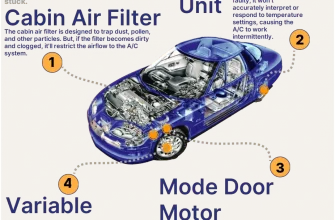
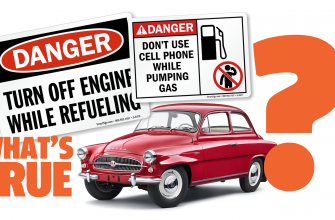
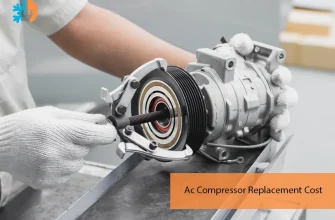


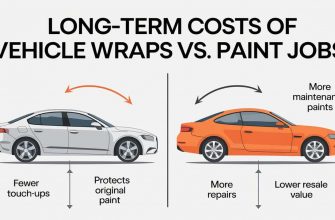
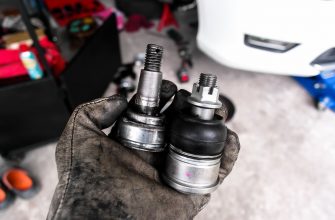

This article provides a fantastic overview of the Vortec engine! I love how it highlights the key features that make it stand out in the automotive world.
I’m a big fan of trucks and SUVs, and this piece really highlights why Vortec engines are a great fit for them. Great job explaining its advantages!
I’ve always been curious about the Vortec engine, and this article answered all my questions. The details on Variable Valve Timing were particularly enlightening!
Fantastic article! The section on multi-port fuel injection was particularly interesting. I had no idea how much it impacts performance!
What a great read! The emphasis on both performance and efficiency really captures what makes the Vortec engine a top choice for drivers today.
The insights into aluminum construction and its benefits were eye-opening. This article does an excellent job of showcasing why Vortec engines are so popular!
I appreciate how well this article explains the technology behind the Vortec engine. It’s impressive to see how far automotive engineering has come since the 1980s.